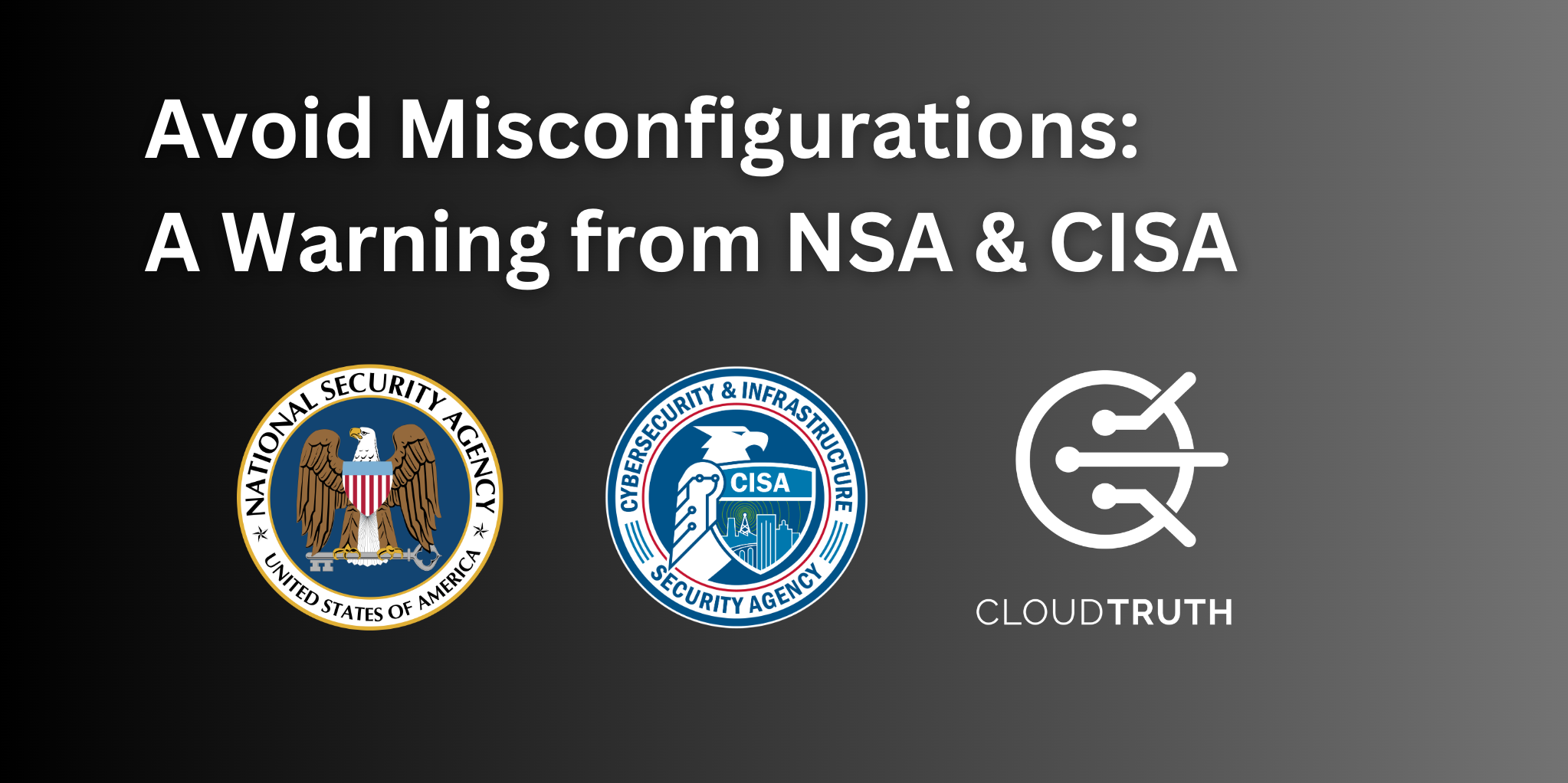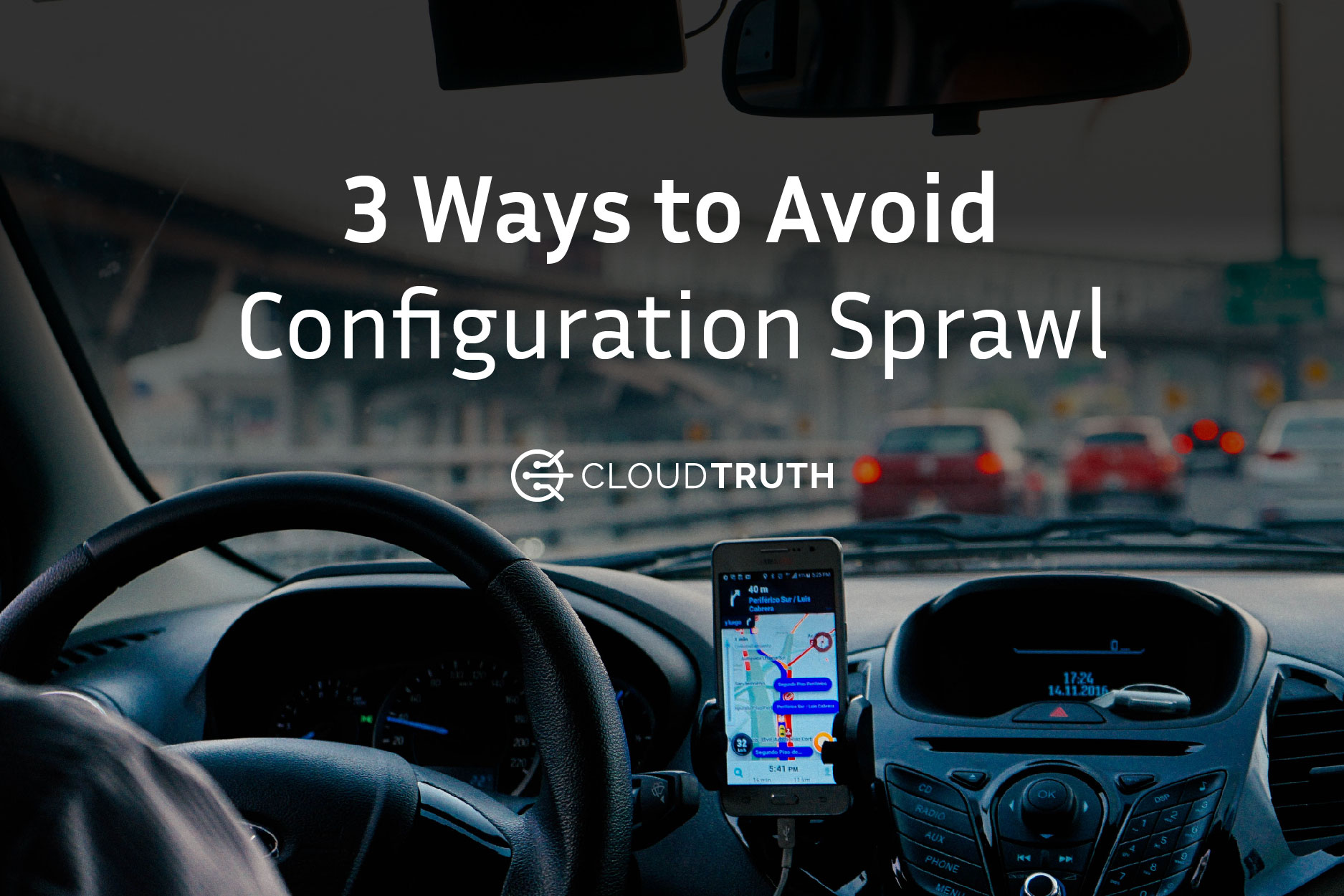
The modern SaaS landscape can be pretty intimidating. Between API services, cloud hosting providers, third-party authentication tools, and more, today’s cloud customer has a lot on their plate. And it’s not just a matter of determining which of the many available cloud tools to use. Once a new tool is incorporated, it must be configured to ensure effective integration with existing infrastructure and business needs, and many companies find this kind of customization extremely challenging. Unfortunately, you’re unlikely to get the full value out of a tool if you stick with default configurations, and a poorly configured system can sometimes leave you even worse off than before you had the tool in the first place. That’s why it’s vital for the modern cloud customer to move beyond default settings with a well-managed, custom configuration solution.
How did we get here?
In the early cloud years, companies often relied heavily on in-house systems, which could be built to precise specifications from the get-go. With these traditional on-prem solutions, customization was a non-issue: systems were configured exactly as needed when they were built, and teams would do their best to avoid ever needing to change that original setup. When the occasional third-party component was used, it was often an individual, siloed service, meaning that there was limited need for extensive configuration to enable integration between in-house and third-party systems.
But today, all that has changed. As companies leverage more and more cloud tools in every part of their business, it has become increasingly difficult to ensure that everything is integrated and configured properly. And so despite the fact that these third-party services offer extensive customization options, many cloud customers struggle to take advantage of these features, opting instead to stick with the default, sub-optimal settings.
Customization can be challenging — but it is necessary.
Several compounding challenges lead companies to shy away from custom configuration. First, with a huge array of different systems to keep track of, cloud customers often find themselves lacking in resources to effectively manage so many custom configurations. In addition, these different systems often require different types of expertise and tooling to manage, meaning that existing teams may not be optimized for these new tasks.
Finally, it’s not just a matter of setting up individual systems — the modern cloud-based tech stack relies on a web of interconnected services, meaning that a configuration change in one system could impact the configurations of any other. These network effects make customization exponentially more difficult as the system grows in complexity. As a result, many cloud customers are understandably nervous about moving beyond default settings.
However, to get the full value out of these new services, it is vital to configure them appropriately. As ERP industry analyst Cindy Jutras explains in a recent research paper, properly configured cloud services make it possible to “get a tailored experience that matches your business needs and personal preferences without the hassle of customizing an on-premises solution.” For example, Jutras cites tools that enable custom reporting, layouts, workflows, and user settings as just some of the ways in which cloud customers can benefit from thoughtful configuration.
Similarly, both AWS and the Google Cloud Platform offer a variety of custom configurations optimized for different types of applications. And this is hardly surprising. As a consumer, you get more value out of your Facebook feed after following people and groups you enjoy, tweaking your settings, and customizing your layout. Businesses are no different: to get the most out of the tools you use, it is vital to customize them to meet your needs.
It’s time to move beyond defaults.
So what can cloud customers do to ensure their SaaS and API services are configured effectively, without falling prey to the intimidating complexity of these modern, integrated systems? That’s where a third-party solution like CloudTruth comes in. With a comprehensive platform designed to track and manage configurations for every system you use, CloudTruth makes it possible to eliminate the system complexity that hinders customization, enabling cloud customers to move beyond the defaults with confidence.
To learn more about how CloudTruth can help your company stay on top of your custom cloud configurations, check out our website at cloudtruth.com.
Join ‘The Pipeline’
Our bite-sized newsletter with DevSecOps industry tips and security alerts to increase pipeline velocity and system security.



